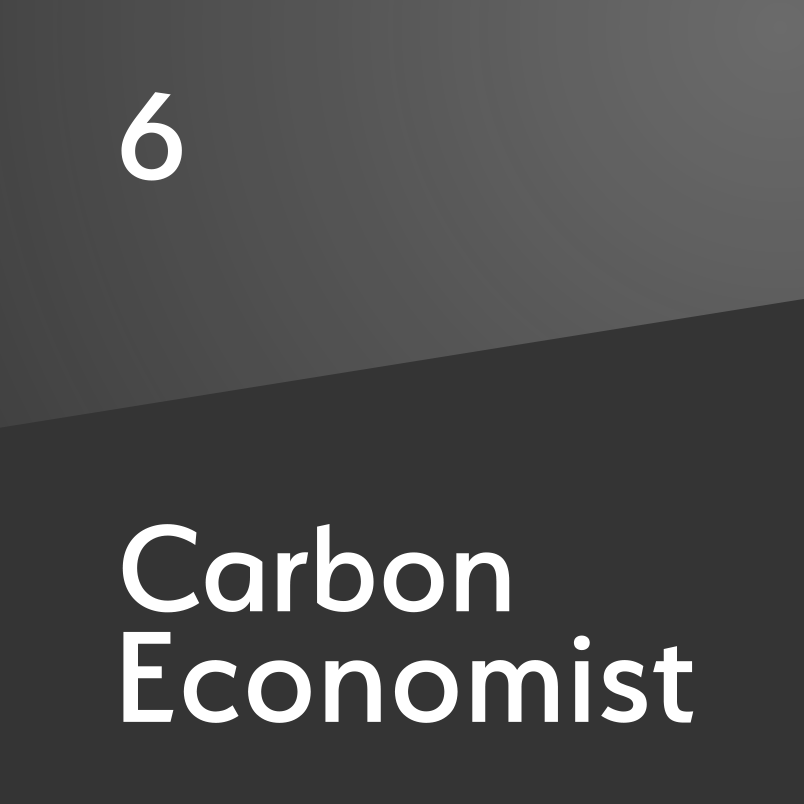Hydrogen Market Databook 2025: Introduction
In the first of our series of excerpts from the 2025 Hydrogen Market Databook, we look at how green and blue hydrogen will drive the energy transition, despite significant differences in forecasts for future demand
The world is engaged in an energy transition, one that aims to reduce carbon emissions in not only various industries, but also entire economies. At the time of publication, more than 140 countries have announced net-zero targets, covering approximately 88% of global emissions. Countries and companies are seeking various pathways to limit emissions in industrial operations, transport, power and other various industries. One of these routes is through low-/zero-carbon hydrogen. Undoubtedly, low-/zero-carbon H₂—referred to as blue or green hydrogen—will play a major role in decarbonisation efforts globally. The colour of hydrogen is determined by the pathway of production. Green hydrogen is pr

Also in this section
25 July 2025
Oil major cites strategy reset as it walks away from Australian Renewable Energy Hub, leaving partner InterContinental Energy to lead one of world’s largest green hydrogen projects
23 July 2025
Electrolysis seen as most leakage-prone production pathway as study warns of sharp increase through 2030 and beyond
22 July 2025
The gas-hungry sector is set for rapid growth, and oil majors and some of the world’s largest LNG firms are investing in ammonia production and export facilities, though much depends on regulatory support
16 July 2025
Major manufacturer cancels rollout of new hydrogen-powered vans and strengthens focus on battery electric and hybrid markets








